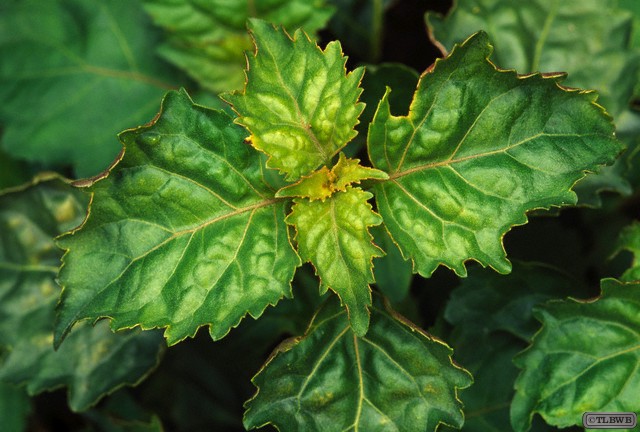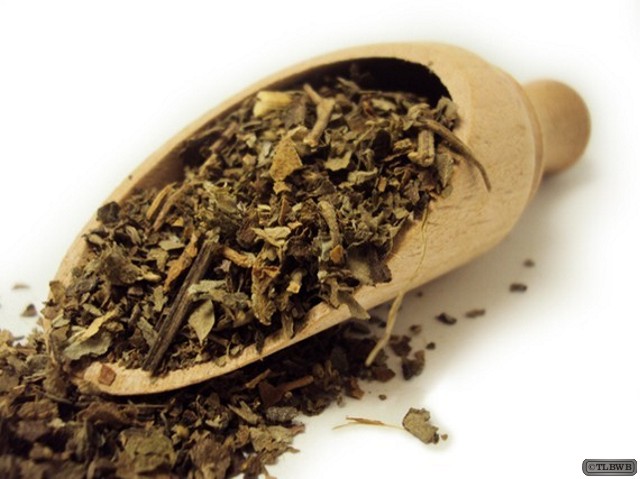Patchouli (Pogostemon cablin (Blanco) Benth; also patchouly or pachouli) is a species of plant from the genus Pogostemon. It is a bushy herb of the mint family, with erect stems, reaching two or three feet (about 0.75 metre) in height and bearing small, pale pink-white flowers. The plant is native to tropical regions of Asia, and is now extensively cultivated in China, Indonesia, India, Malaysia, Mauritius, Taiwan, the Philippines, Thailand, and Vietnam.
Perfume
The heavy and strong scent of patchouli has been used for centuries in perfumes and, more recently, in incense, insect repellents, and alternative medicines. The word derives from the Tamil patchai (green), ellai (leaf). In Assamese it is known as xukloti.
Pogostemon cablin, P. commosum, P. hortensis, P. heyneasus and P. plectranthoides are all cultivated for their essential oil, known as patchouli oil.
Extraction of Essential Oil
Extraction of patchouli’s essential oil is by steam distillation of the leaves, requiring rupture of its cell walls by steam scalding, light fermentation, or drying.
Leaves may be harvested several times a year and, when dried, may be exported for distillation. Some sources claim a highest quality oil is usually produced from fresh leaves distilled close to where they are harvested; others that baling the dried leaves and fermenting them for a period of time is best.
Uses
Perfume
Patchouli is used widely in modern perfumery, by individuals who create their own scents, and in modern scented industrial products such as paper towels, laundry detergents, and air fresheners. Two important components of its essential oil are patchoulol and norpatchoulenol.
Insect Repellent
One study suggests that patchouli oil may serve as an all-purpose insect repellent. More specifically, the patchouli plant is claimed to be a potent repellent against the Formosan subterranean termite.
During the 18th and 19th century, silk traders from China traveling to the Middle East packed their silk cloth with dried patchouli leaves to prevent moths from laying their eggs on the cloth. It has also been proven to effectively prevent female moths from adhering to males, and vice versa. Many historians speculate that this association with opulent Eastern goods is why patchouli was considered by Europeans of that era to be a luxurious scent. It is said that patchouli was used in the linen chests of Queen Victoria in this way.
Incense
Patchouli is an important ingredient in East Asian incense. Both patchouli oil and incense underwent a surge in popularity in the 1960s and 1970s in the US and Europe, mainly as a result of the hippie movement of those decades.
Culinary
Patchouli leaves have been used to make an herbal tea. In some cultures, Patchouli leaves are eaten as a vegetable.
Wiccan
Patchouli is a popular herb found in many modern Pagan rituals. Its exotic scent brings to mind far-off, magical places, and it’s often used in incense blends, potpourri, and ritual workings. Associated with love, wealth, and sexual power, patchouli can be used in a variety of magical workings. Place patchouli leaves in a sachet, and carry it in your pocket or wear around your neck. In some traditions of hoodoo and folk magic, a dollar sign is inscribed on a piece of paper using patchouli oil. The paper is then carried in your wallet, and this should draw money your way. There are some traditions of modern magic in which patchouli is valued for its repelling power.
The Lost Bearded White Brother





Leave a Reply